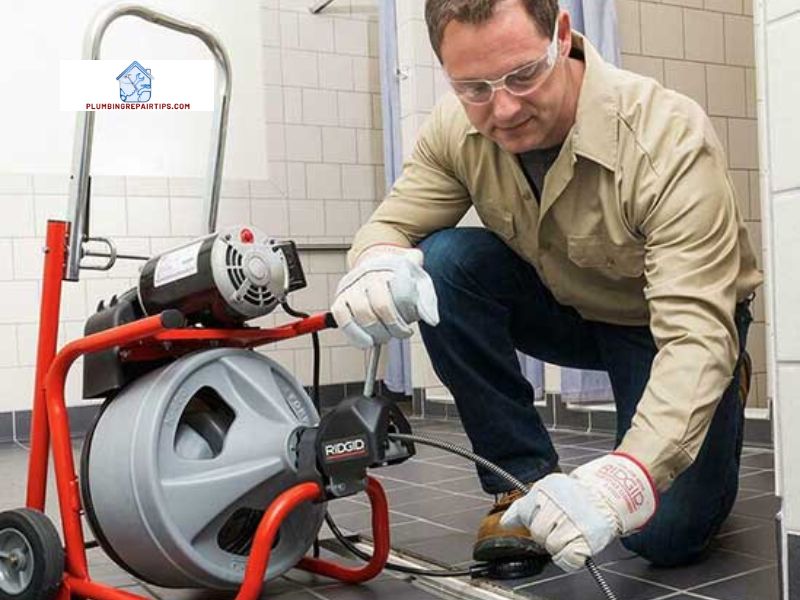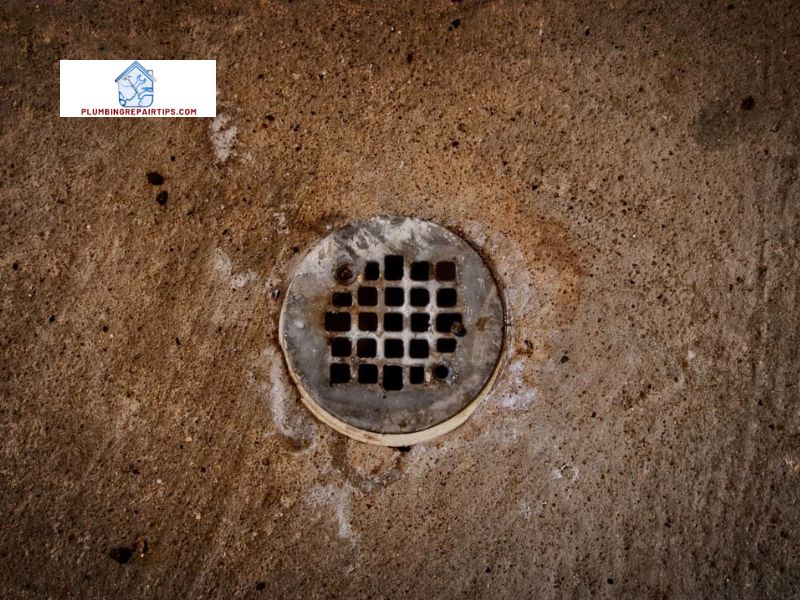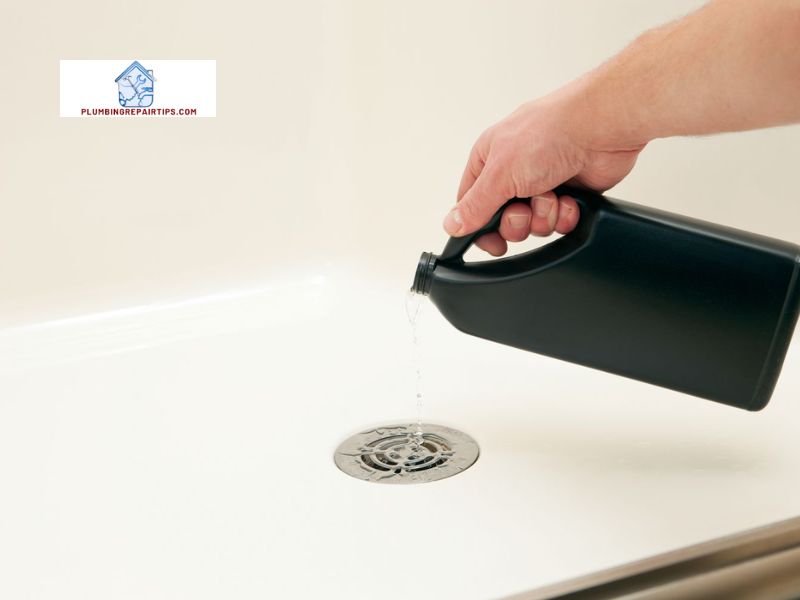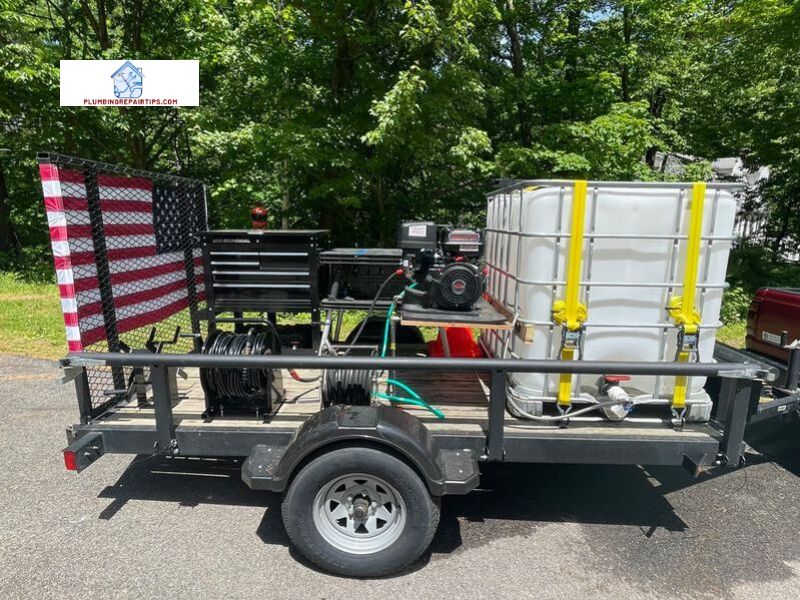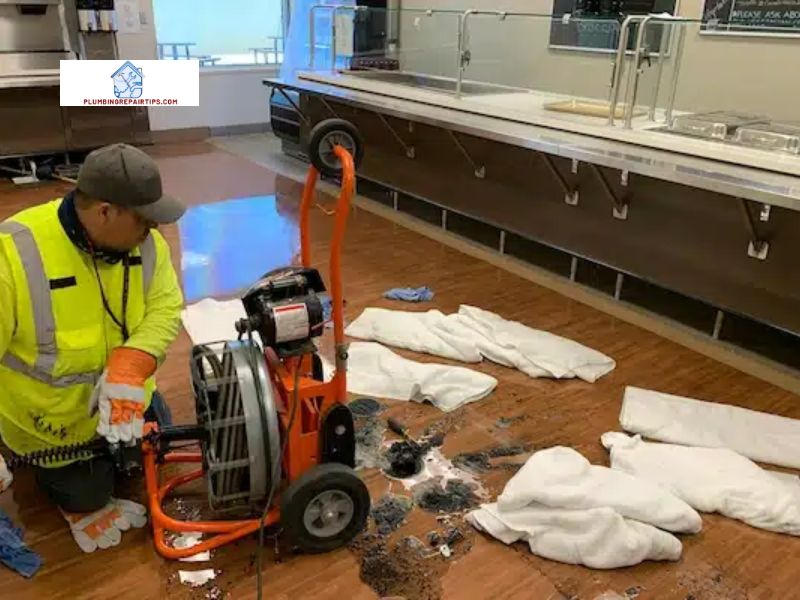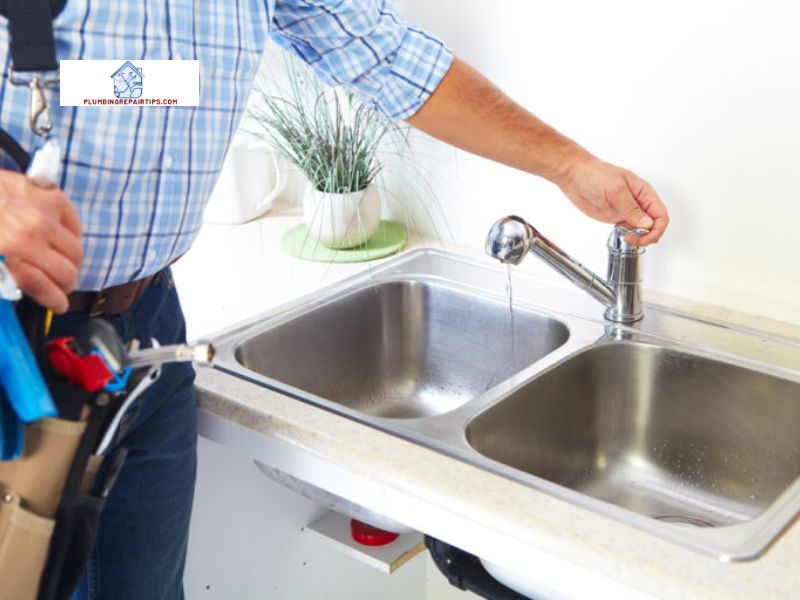Introduction
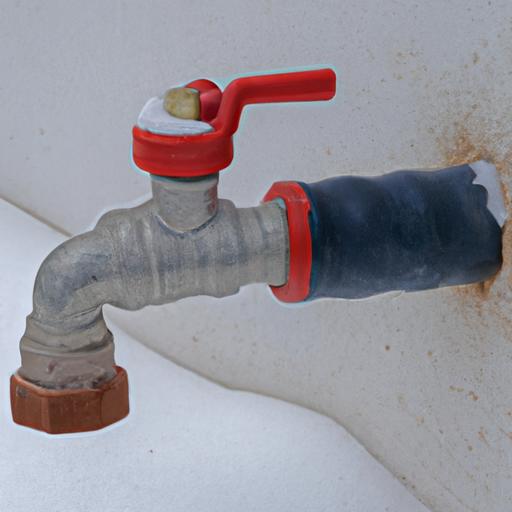
When it comes to protecting your home from the harsh winter weather, knowing how to insulate outdoor faucet might not be the first thing that comes to mind. However, neglecting this crucial step can lead to costly repairs and unnecessary headaches down the line. In this article, plumbingrepairtips.com will guide you through the importance of insulating outdoor faucets and the numerous benefits they offer.
A. Importance of Insulating Outdoor Faucets
Imagine waking up on a chilly winter morning, only to discover that your outdoor faucet has frozen overnight. This unfortunate scenario can result in pipes bursting, leading to extensive water damage and a hefty repair bill. By insulating your outdoor faucets, you create a protective barrier against the freezing temperatures, preventing such mishaps from occurring.
B. Benefits of Insulating Outdoor Faucets
Insulating your outdoor faucets goes beyond simply avoiding pipe bursts. It also ensures the longevity of your plumbing system and provides peace of mind throughout the colder months. By taking this proactive step, you can save money on potential repairs and preserve the overall integrity of your home’s plumbing.
Moreover, insulating outdoor faucets helps conserve water by preventing leaks and drips caused by freezing. This not only benefits your wallet but also contributes to the preservation of our precious water resources. So, the benefits of insulating outdoor faucets extend beyond the immediate protection they offer.
Stay tuned for the upcoming sections where I will delve deeper into understanding outdoor faucets, the risks of not insulating them, and the step-by-step process of effectively insulating your outdoor faucets to safeguard your home during winter. Don’t let the cold weather take a toll on your plumbing – let’s ensure your pipes are safe and secure!
Understanding Outdoor Faucets
A. Definition and Purpose of Outdoor Faucets
Before we dive into the world of insulating outdoor faucets, let’s start by understanding what these faucets are and why they play a crucial role in our homes. Outdoor faucets, also known as hose bibs or spigots, are fixtures attached to the exterior of a building that provides access to water outdoors. They are commonly used for activities such as watering plants, washing cars, and filling buckets.
The primary purpose of outdoor faucets is to extend the water supply outside the house, making it more convenient for various outdoor tasks. However, due to their location and exposure to the elements, these faucets are particularly vulnerable to freezing temperatures during winter.
B. Different Types of Outdoor Faucets
Outdoor faucets come in different styles and designs, each catering to specific needs and preferences. Here are some common types you might encounter:
1. Frost-Proof Faucets
Frost-proof faucets, also known as freeze-proof or anti-siphon faucets, are designed to prevent freezing by having the shut-off valve located inside the heated portion of the building. These faucets are typically installed with a long stem that extends into the house, making them less susceptible to freezing.
2. Standard Faucets
Standard outdoor faucets are the most common type found in many homes. They consist of a simple valve connected to a pipe that extends through the wall. These faucets are more prone to freezing as the shut-off valve is located outside the heated interior, making insulation crucial for their protection.
Understanding the different types of outdoor faucets will help you determine the appropriate insulation techniques needed to safeguard them against freezing temperatures. In the next section, we will explore the risks associated with not insulating outdoor faucets and the potential damage they can cause.
Risks of Not Insulating Outdoor Faucets
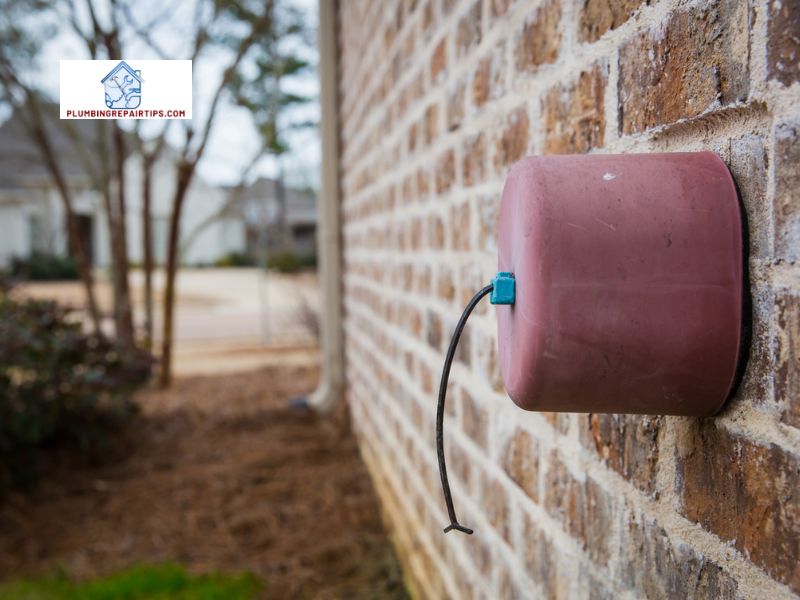
When it comes to your outdoor faucets, neglecting to insulate them can expose you to several risks that can wreak havoc on your plumbing system and your property. Let’s explore these risks in detail:
A. Freezing and Bursting of Pipes
During the colder months, the water inside your outdoor faucets can freeze if left uninsulated. As water freezes, it expands, exerting tremendous pressure on the pipes. This increased pressure can lead to pipes bursting, causing extensive damage to your plumbing system. Not only will you be facing the inconvenience of a broken faucet, but you may also have to deal with costly repairs, including pipe replacements.
B. Potential Water Damage to the Property
When a pipe bursts due to freezing water, it’s not just your plumbing system that suffers. The resulting water damage can extend to your property, causing structural damage, mold growth, and even compromising the integrity of your home’s foundation. Repairing water damage can be a time-consuming and expensive process, not to mention the potential health hazards associated with mold growth.
By neglecting to insulate your outdoor faucets, you are essentially leaving your property vulnerable to these risks. However, by taking a few simple steps to insulate your outdoor faucets, you can protect your plumbing system, prevent damage to your property, and ensure a stress-free winter.
In the next section, I will walk you through the essential steps of effectively insulating your outdoor faucets. Follow along to safeguard your plumbing system and avoid costly repairs.
Additional Tips for Protecting Outdoor Faucets
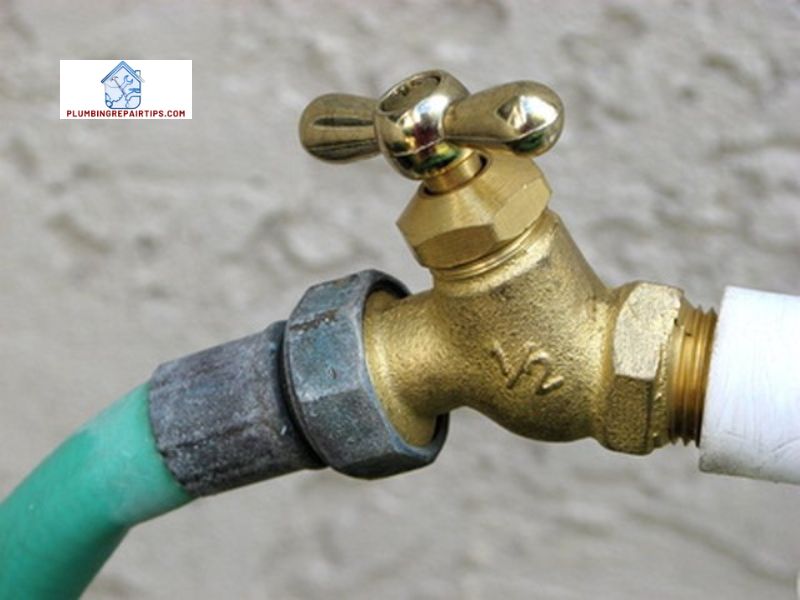
When it comes to safeguarding your outdoor faucets during the frosty winter months, insulation alone may not be enough. To provide maximum protection, consider implementing these additional tips to ensure your outdoor faucets remain in optimal condition.
A. Draining and Shutting off Water Supply
Before the temperatures plummet, it is crucial to drain and shut off the water supply to your outdoor faucets. Start by turning off the water valve that supplies water to the outdoor faucet. Next, open the faucet and let any remaining water drain out completely. This step prevents any residual water from freezing and causing damage to the pipes.
B. Wrapping Exposed Pipes
Exposed pipes are vulnerable to freezing, even with proper insulation. To provide an extra layer of protection, consider wrapping exposed pipes with pipe insulation or heat tape. These materials act as a barrier against the cold temperatures, ensuring that the pipes remain warm and free from freezing.
C. Using Faucet Covers or Insulated Sleeves
Faucet covers or insulated sleeves are an effective way to shield your outdoor faucets from the frigid weather. These covers are designed to fit securely over the faucet, providing insulation and preventing freezing. Invest in high-quality covers or sleeves that are durable and weather-resistant for long-lasting protection.
By incorporating these additional tips into your winter maintenance routine, you can fortify the protection of your outdoor faucets and minimize the risk of damage caused by freezing temperatures. Remember, a little extra effort now can save you from potential headaches and costly repairs later.
Stay tuned for the conclusion, where I will recap the importance of insulating outdoor faucets and provide a summary of the key steps and tips discussed in this article. Let’s keep your outdoor faucets safe and sound throughout the winter season!
Conclusion
In conclusion, insulating your outdoor faucets is a vital step in protecting your plumbing system from the harsh winter weather. By taking the time to insulate, you can prevent costly repairs, water damage, and ensure the longevity of your pipes.
Throughout this article, we have explored the importance of insulating outdoor faucets and the numerous benefits it offers. From avoiding pipe bursts to conserving water and preserving your home’s plumbing, insulating outdoor faucets is a simple yet effective way to safeguard your property.
Remember, the process of insulating outdoor faucets involves gathering the necessary tools and materials, preparing the faucets, and applying insulation techniques specific to different types of faucets. By following these steps, you can ensure thorough protection for your outdoor faucets.
So, as the winter season approaches, don’t forget to insulate your outdoor faucets and keep your plumbing system well-maintained. For more plumbing repair tips and expert advice, visit plumbingrepairtips.com. Stay warm, stay safe, and protect your home from the freezing temperatures.
